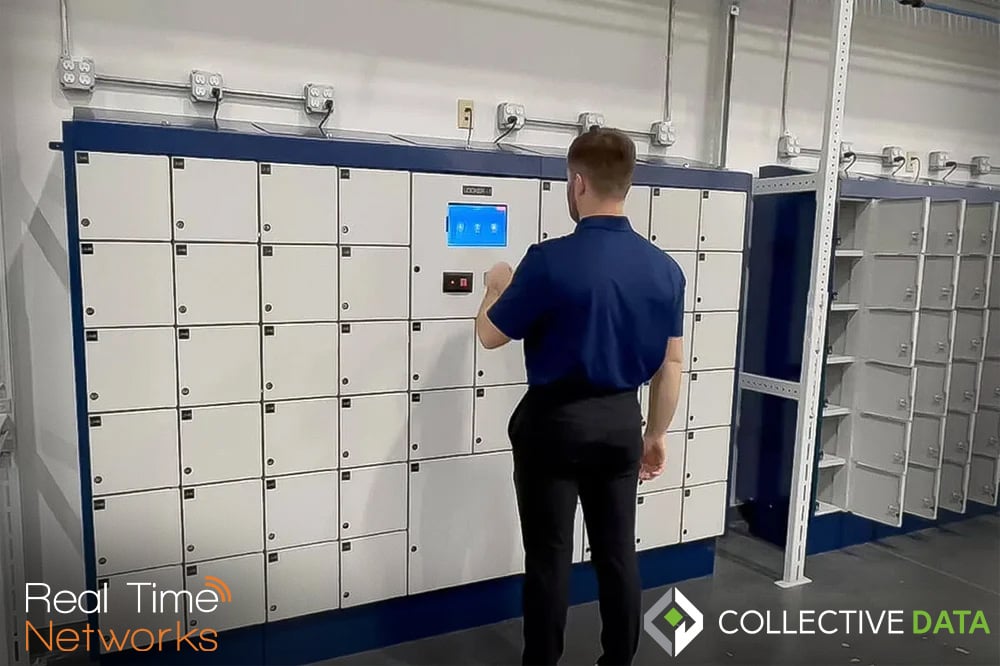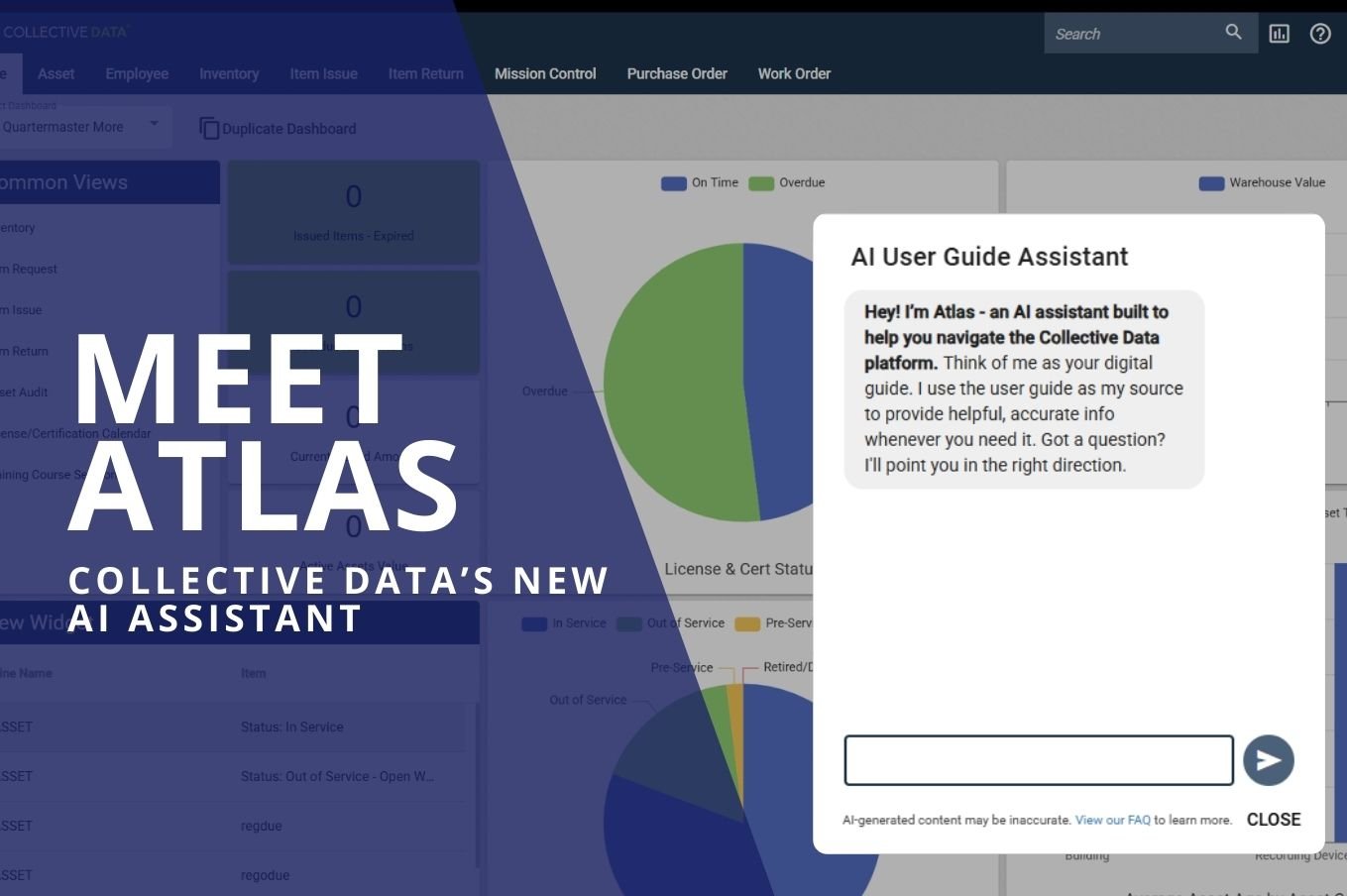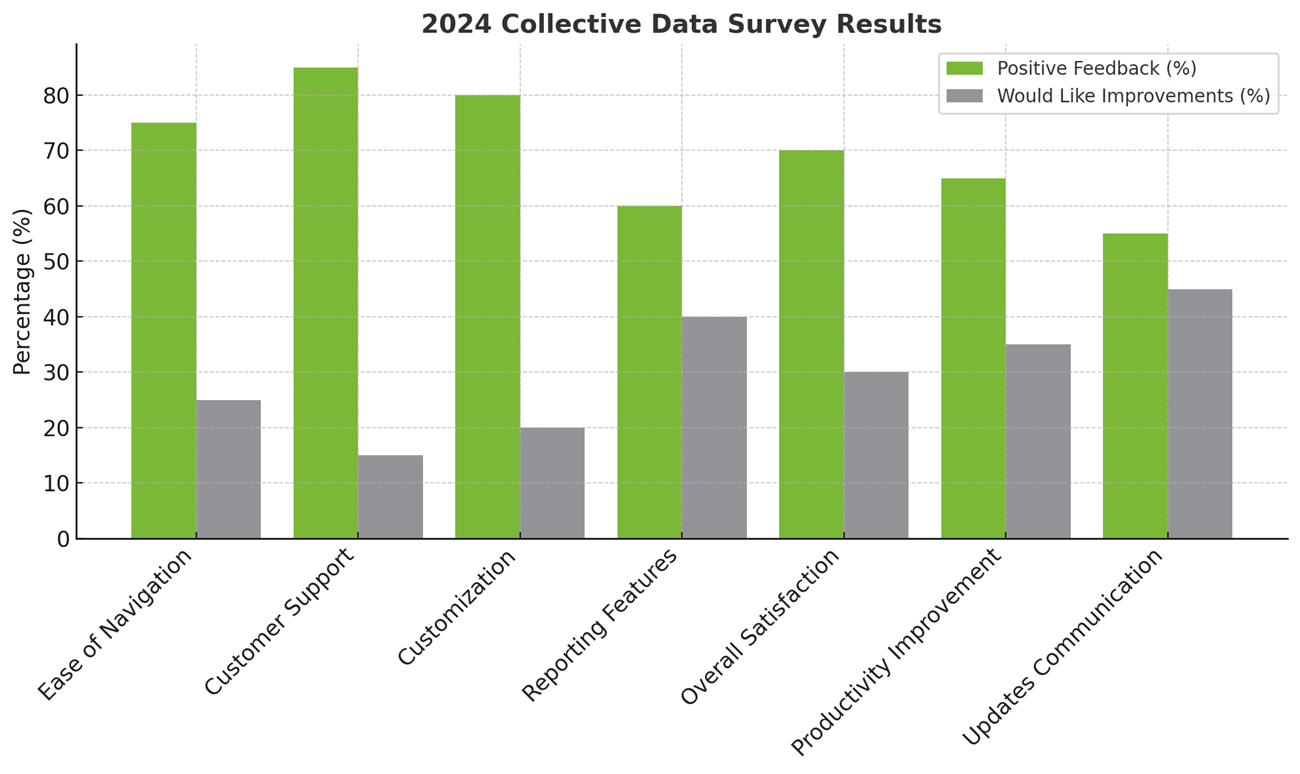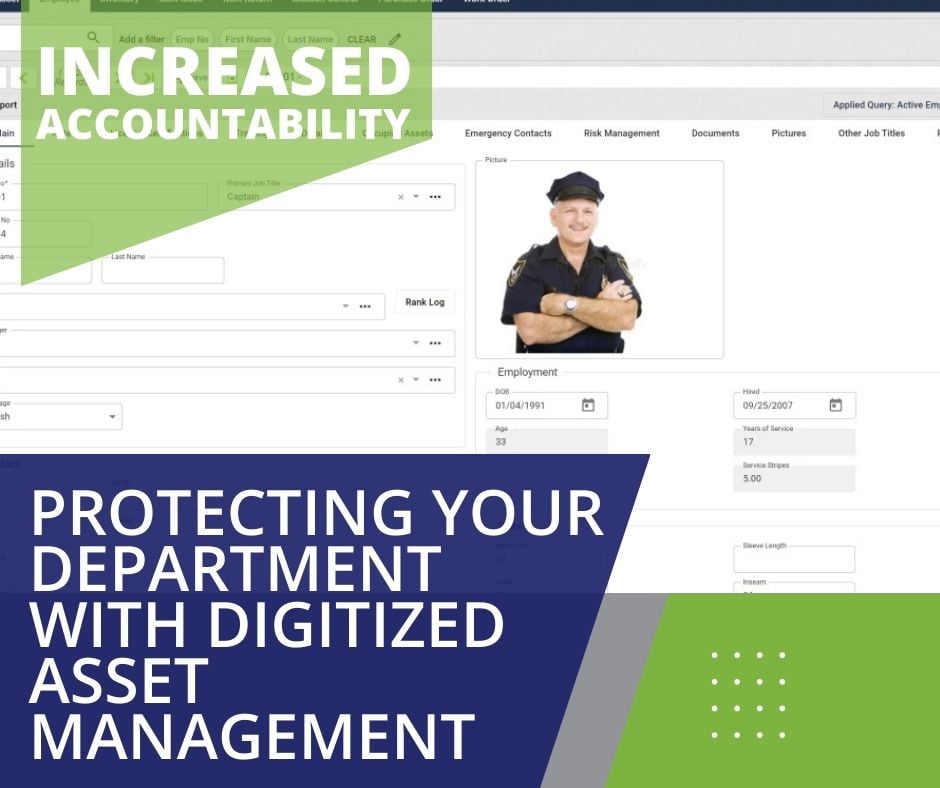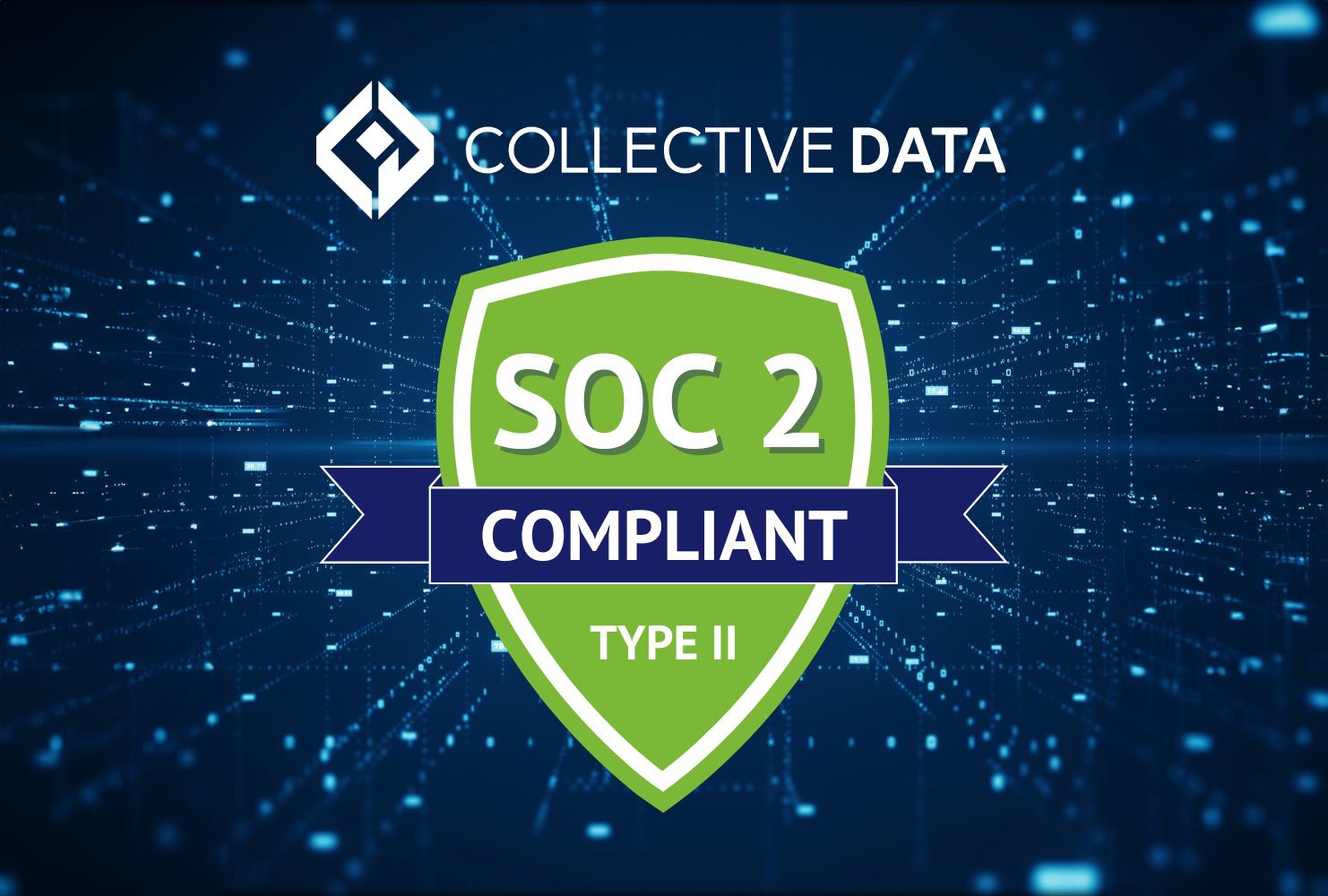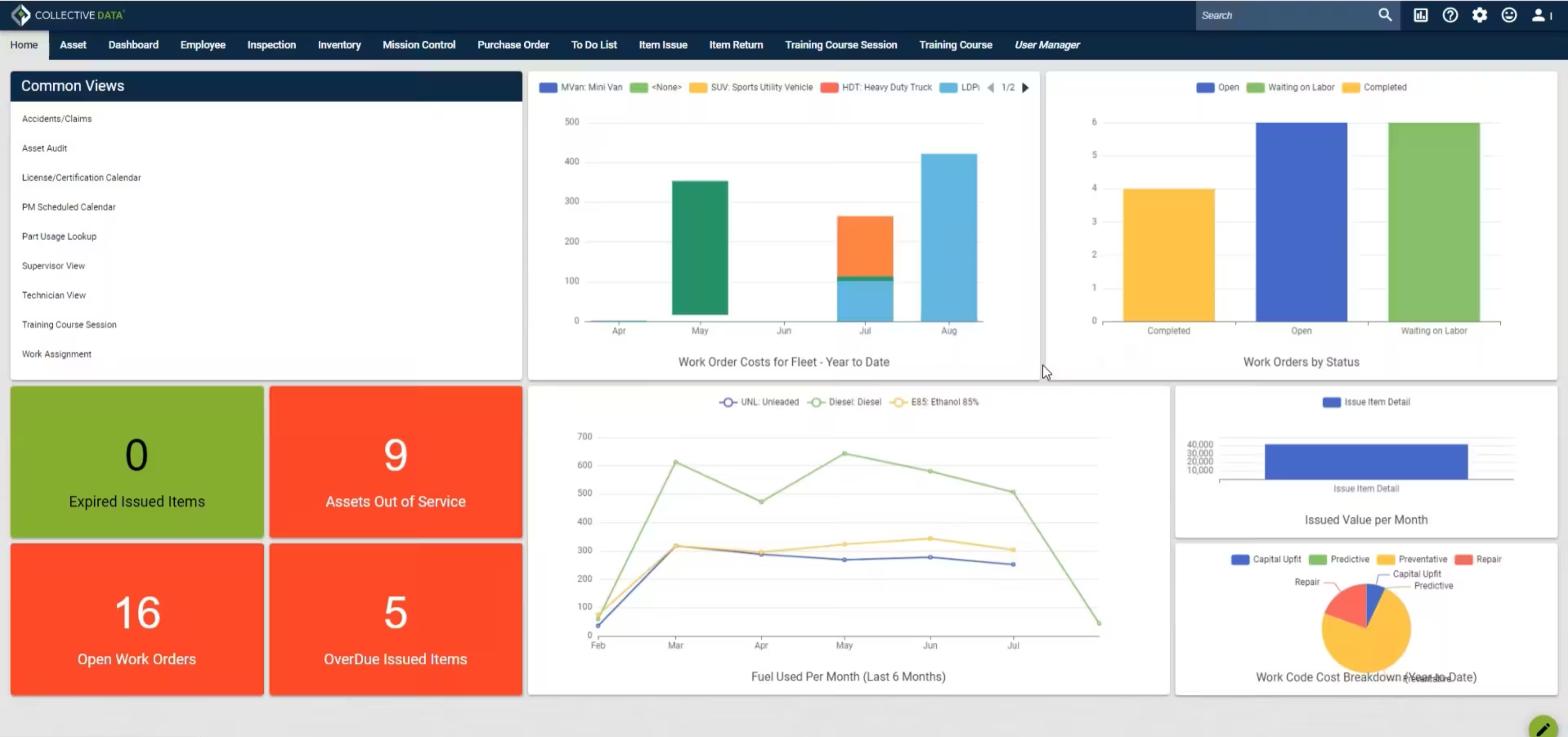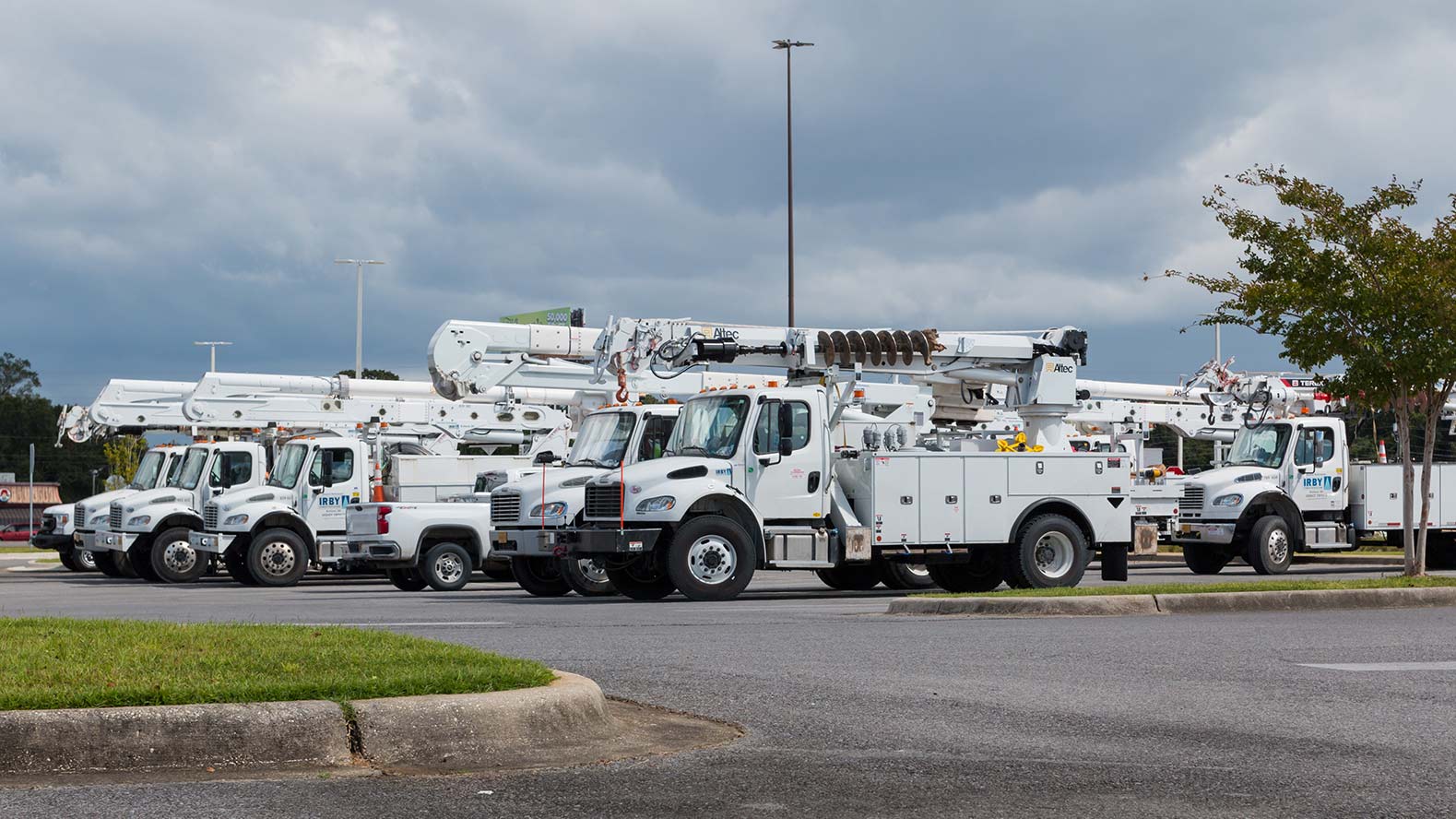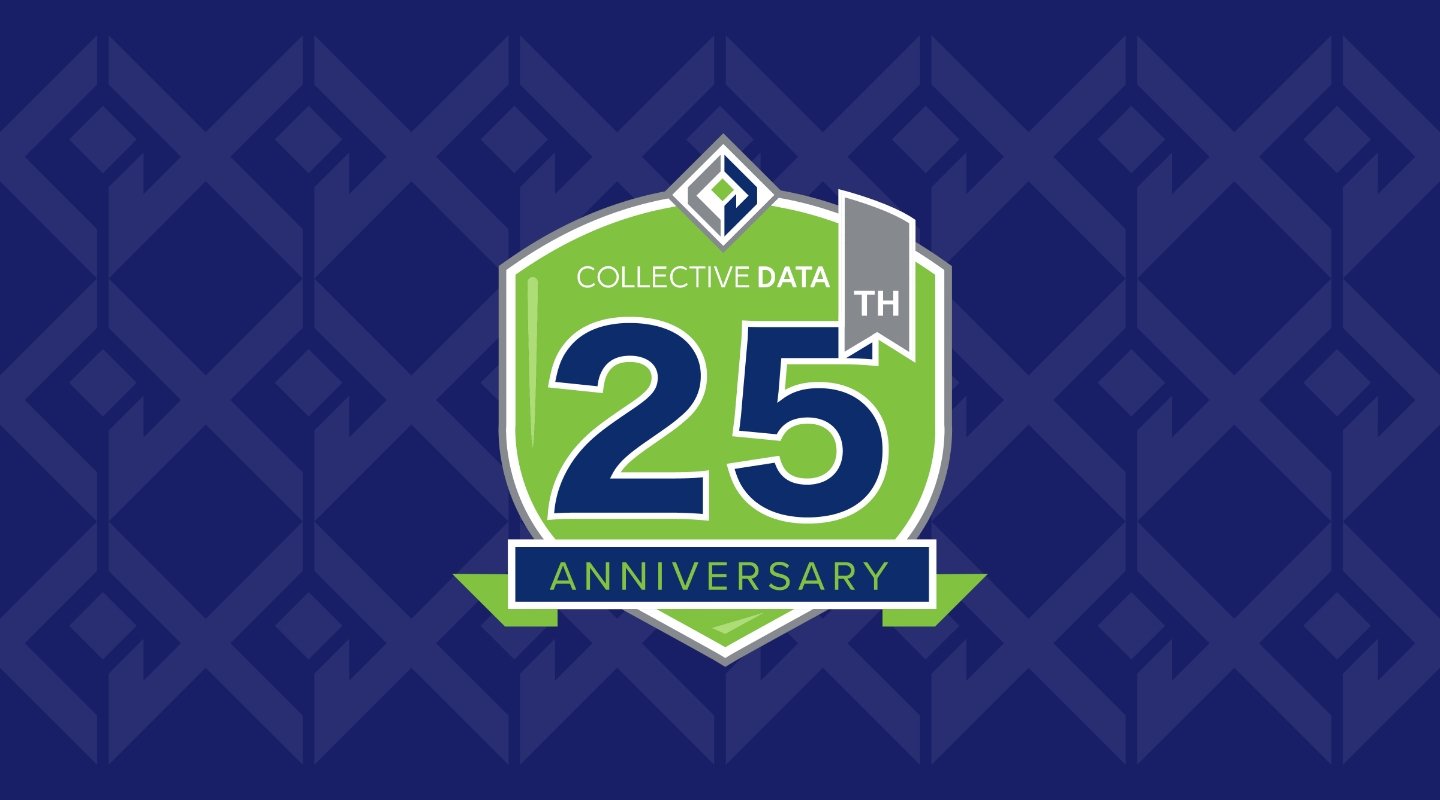Tracking data on every aspect of every grant-funded asset & inventory means grant compliance.
Using data-tracking systems provides all the information you need to plan, manage, and report on the lifecycle of your grant.
Know Your Grant – Understand Reporting Rules and Regulations
Congratulations, you have been awarded that federal grant! The goals and objectives you set in your grant proposal have impressed. Your newly funded program will do much good for many.
Now what?
You know this. Grant funds are carefully awarded by each granting agency and are subject to certain rules, oversight, and audit. To be ‘in grant compliance’ you now have three very important duties to make sure your grant program does what you say it will.
- Plan for how you will spend the money. As the grant recipient, you are now a steward of government funds.
- Spend the money to carry out the specific goals of your program. Grant dollars must be used for their intended purpose.
- Track how the money is spent to do the mission you set out in your grant application. Grant recipients must account for costs and justify expenditures…
But, first things first … before you can do the good work funded for in your grant, you need to know what compliance looks like for your grant. Grant compliance does not have to be so daunting. Simply break it down into these phases – lifecycle planning, grant implementation, and tracking.
5-Part Lifecycle Planning Means Compliance
Start by using this 5-Part Lifecycle outline to plan for the effective management of your grant program.
-
Host a Post-award Startup Rally
You just heard; you won the grant! Gather your team. Celebrate the first victory of winning the grant application. Congratulate yourself and your team. Toast the success of being awarded those hard-earned funds for a really strong, impactful program. Now, get to work.
-
Assign Duties
Plan for compliance. Tap people responsible for managing your grant. You might call him or her by many titles – POC (Point of Contact), AOR (Authorized Organizational Representative), Grant Manager, Program Manager, Administrator – it just depends on your granting agency and reporting requirements. The key is to identify that one person, a champion who is ultimately responsible for managing your grant for compliance.
Your team is together. Now make assignments for all grant-management duties. Identify who will acquire grant-funded assets. Next, decide who will manage tracking systems for purchased assets and inventory. Name a keeper of the budget. And finally, assign who keep track of compliance and audit reporting. Depending on the scope and size of your grant program, these could be many or just a few individuals. The key is to select those champions with the passion and drive to make the program a success.
-
Set Grant Milestones and Task Schedules
With the awarded grant proposal in hand, you and your team are ready to set grant milestones and reporting dates. It is vital to review these deadlines and confirm reporting schedules with your granting agency.
Map out on the calendar deadlines for asset and inventory procurement, program delivery steps, and compliance reporting. Attach names to specific tasks and due dates in your plan. Assign accountability. At this point, create schedules with a solid asset & inventory management system like collectiveQuartermaster. Use the system to help set big picture milestones and asset-specific schedules.
-
Implement Grant Budget Systems
Utilize your organization’s accounting and financial record-keeping systems to manage grant funds; or decide what you will need for record-keeping. Fine-tune initial budgets with real asset purchase costs. Set requisition steps needed to keep track of spending. Plan for regular and reoccurring purchases. Establish financial reporting in line with your milestones and grant schedules. Finally, identify what financial and operational reports you will need for compliance and audit reporting. Your asset & inventory management system should help provide your team with regular financial reports.
-
Establish Systems and Processes for Compliance
The last part to your grant management plan is to create systems for how you will report grant spending. You will need to report all financial accounting, personnel-related expenses, equipment/asset purchases, and programmatic inventory costs.
As they say, the devil is in the details. Don’t let managing every detail of your grant get in the way of its success. Data tracking of grant-funded assets, inventory, personnel-related expenses, and financial analysis are key to effectively managing your grant program. Streamlining data input and integrating data into systems to give meaningful information will keep the devil out of the details. Find out how collectiveQuartermaster’s web-based, mobile data input systems can give you easy-to-use command and control of your asset & inventory management system.
Because you put a sound grant management plan in place, you and your team are ready now to do the good work being funded by this new grant.
Following the plan and keep track of where the money is spent— especially when it comes to grant-funded assets and inventory. Tracking is the foundation you need to stay in compliance with your grant requirements.
Grant Compliance Rules and Regulations
Why is grant compliance so important?
In 2006, the Federal Funding Accountability and Transparency Act (FFATA) set up a government-wide reporting process. Dozens of federal grant-making agencies award billions of dollars in Federal grants each year for programs and projects that benefit the public. Grant help comes from the Constitution and its call to “promote the general Welfare.” The law requires information about entities and organizations receiving federal funds be disclosed to the public via a central website, USAspending.gov.
While Federal grant-funding agencies have varied approaches to how grants are awarded, the Office of Management and Budget (OMB) offers information to specify how grants will be administered and it sets standards for determining allowable costs.
OFFICE OF MANAGEMENT AND BUDGET 2 CFR Chapter I, and Chapter II, Parts 200, 215, 220, 225, and 230 Uniform Administrative Requirements, Cost Principles, and Audit Requirements for Federal Awards
AGENCY: Executive Office of the President, Office of Management and Budget (OMB).
ACTION: Final guidance.
SUMMARY: To deliver on the promise of a 21st-Century government that is more efficient, effective, and transparent, the Office of Management and Budget (OMB) is streamlining the Federal government’s guidance on Administrative Requirements, Cost Principles, and Audit Requirements for Federal awards.
Based on OMB standards, grant funders have all kinds of reporting needs, including spending and milestone updates. Keeping track of data on grant-funded assets and inventory gives you the information you need to effectively manage and report the success of your grant. Make sure your grant management plan and systems are aligned with the granting agency’s hopes. In fact, work with the funding agency to integrate your data tracking systems with them to guarantee smooth reporting and auditing.
Do Not Fear the Single Audit
An audit by the Inspector General, in this case, is nothing to fear. You have a sound grant management plan and systems in place to keep track of data associated with grant-funded assets, inventory, personnel, and other costs. The Single Audit is the tool used by the Office of Management and Budget to systematically review how federal grant funds are spent. Think of it as an annual physical with your doctor; or the 3000-mile oil change and maintenance check on your car; or that operating system upgrade on your cell phone.
The Single Audit is simply a progress report on how well you manage the money awarded to your grant. It is standardized by the OMB, yet you may have additional reporting needs by your funding agency. But, as you keep track of all data linked to grant-funded assets, you build a systematic reporting mechanism that helps you approach the Single Audit just as you would day-to-day grant management. Nothing to fear.
A Single Audit examines performance of grant funds based on financial records, financial statements, federal award transactions and expenditures, the general management of its operations, internal control systems, and federal assistance it received during the audit period (either natural or fiscal year).
The Single Audit is divided into two areas: Compliance and Financial. The compliance component covers planning, evaluation, operations and compliance with laws and regulations related to the grant program. The financial component is exactly like a financial audit of a non-federal entity; it includes audit financial statements and accompanying notes.
Tracking data to help simplify audit compliance gives grantees powerful, useful management tools. However, not every grant will meet the Single Audit Risk Assessment. According to Title 2 of the Code of Federal Regulations – Grants and Agreements, Type A grant programs, those funded at $750,000 up to $25 million per year, are required to complete the annual Single Audit. A Type A program may be considered low risk, therefore not requiring a Single Audit, if it has been audited as a major program at least once in the past two years and found to be in full compliance.
Type B grant programs, those funded at less than $750,000 annually, are typically considered to be low risk of not complying and are not required to be
audited. Yet, because the OMB identifies up to 25% of the number of Type A high-risk programs as the number of Type B programs to be audited, it is wise for all grantees to manage as though it will do an annual Single Audit.
Planning for compliance with data-tracking systems in place at the beginning of your grant’s lifecycle, means you’re all set to complete the Single Audit. That means you manage your grant assets and inventory to be in-compliance from the get go. One way to do this could be by using barcodes – for more information check out our Barcoding: Best Practices.
SYSTEMATICALLY MANAGE GRANT-FUNDED ASSETS & INVENTORY
Data ensures grant compliance
Grants need lots of stuff to make them work. Keep track of all the stuff.
Most grant programs in law enforcement, public safety, and emergency services require tremendous levels of grant-funded assets and inventory to deliver on the grant’s mission. Managing hundreds, even thousands of assets and inventory items can be a really big job. Assets have in-service dates, assignees, maintenance requirements, and other data points which require tracking. Inventory items are used and need to be replenished. Tracking these data points means you can effectively manage your grant with facts. You need facts about each asset and facts about inventory levels. Facts don’t lie. Facts mean you comply.
Getting the facts – the data – is best done systematically with robust asset management software. Software like collectiveQuartermaster can track every data point associated with grant-funded assets & inventory.
This asset management software gives you the power to track individual asset details including purchase information, life cycle, inspections, repairs, and assignment history. You can record expiration/replacement dates, warranties, and preventative maintenance (PM). Inventory, fixed assets, people, and facilities associated with your grant can all be managed for compliance and audit reporting using collectiveQuartermaster.
Web-based, real-time monitoring makes managing grant-funded assets a snap
Setting up your collectiveQuartermaster asset management system is as simple as
adding barcodes to your inventory and scanning them with a web-based mobile device. The barcode lets you store item-specific information to be used later. Once you’ve added all of your assets to the system, you’ll have a complete view of your inventory and item status at any time. This powerful, easy-to-use, web-based asset management system provides for ongoing grant tracking and management, and it ensures you are compliance-ready at any time during the lifecycle of your grant.
Datasets and Information Packaged for Reporting
Preset tasks available in collectiveQuartermaster ensure task efficiency with automated alerts, for: upcoming inspections, licenses, and certifications, identifying items due for return, automatic reorders based on reorder point, and flags for overdue and expiring items. The system’s preset and customizable reporting tools give you the flexibility and power to manage every detail for your grant-funded asset inventory.
Data: the final word on grant compliance
Your key to compliance is reporting. Tracking data on every aspect of every asset provides all the information you need to plan, manage, and report on the lifecycle of your grant. For efficient data input, data tracking and complete reporting, use a complete asset & inventory management solution like Collective Quartermaster.
Plan for your grant, implement its programs and track how you spend the money, and you’ll be all set for grant compliance.






